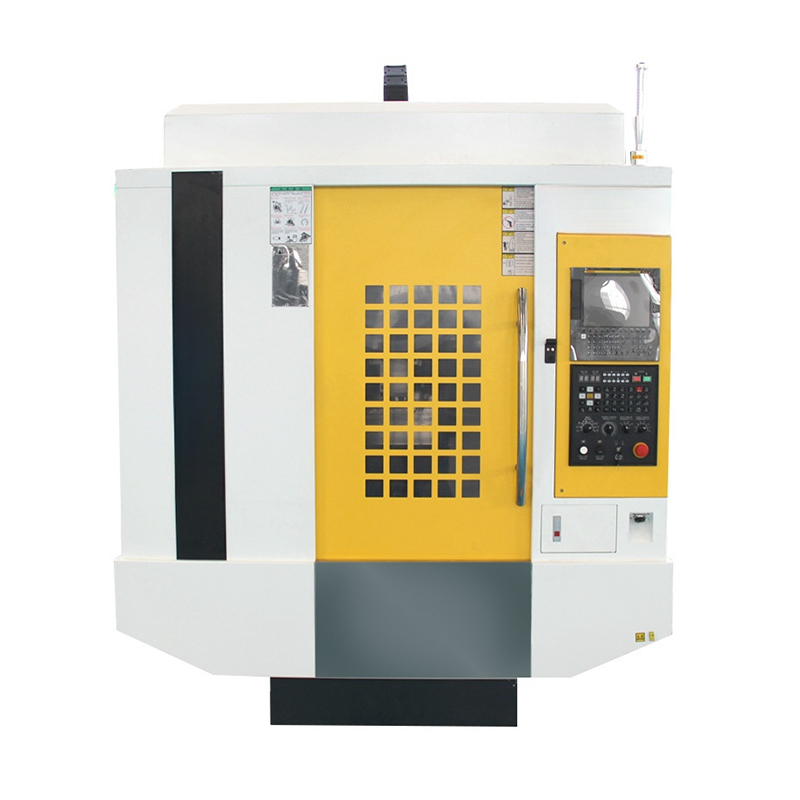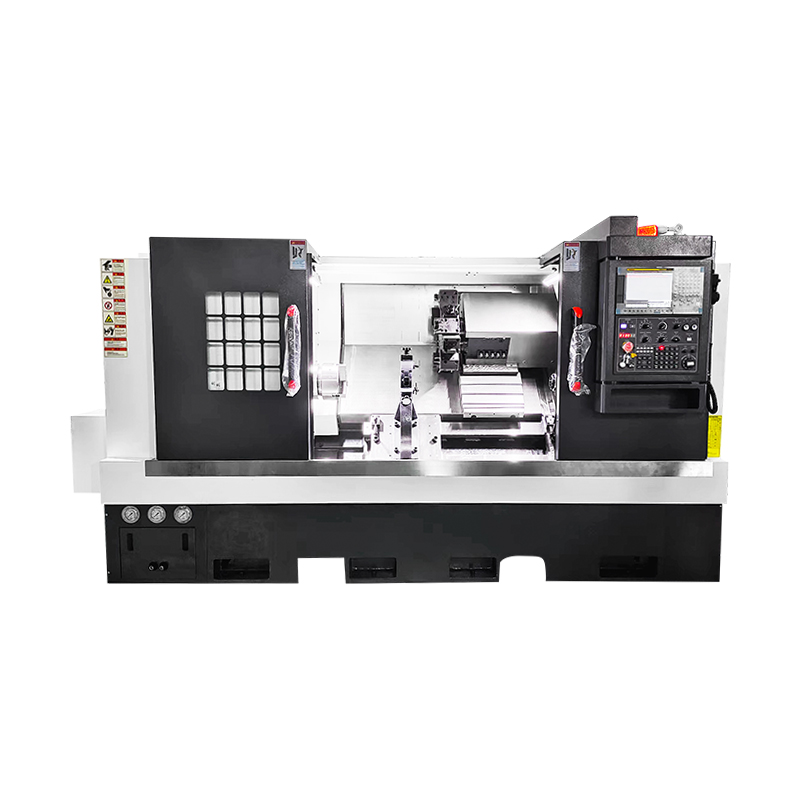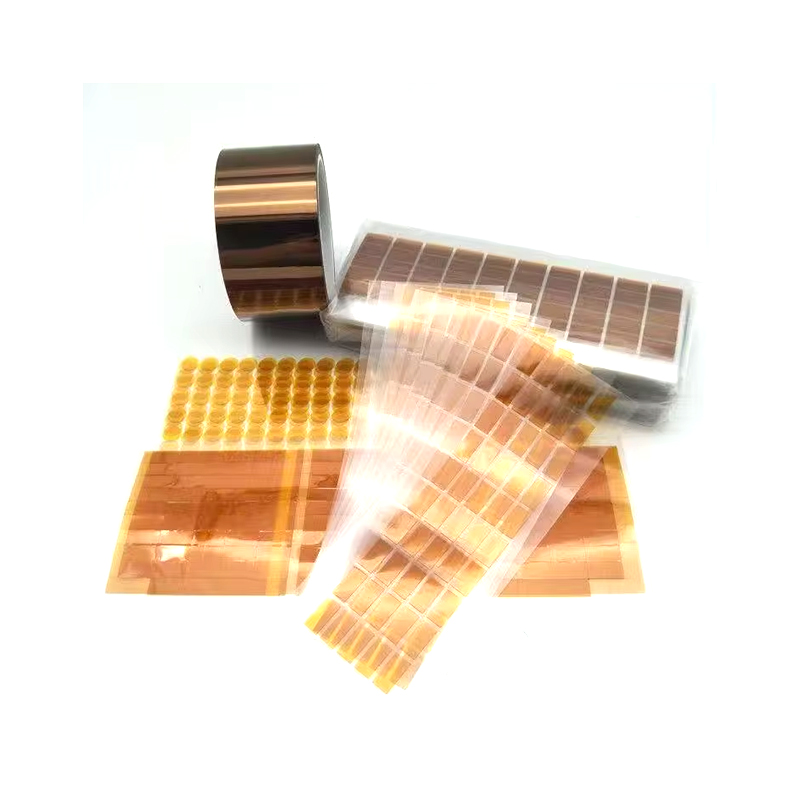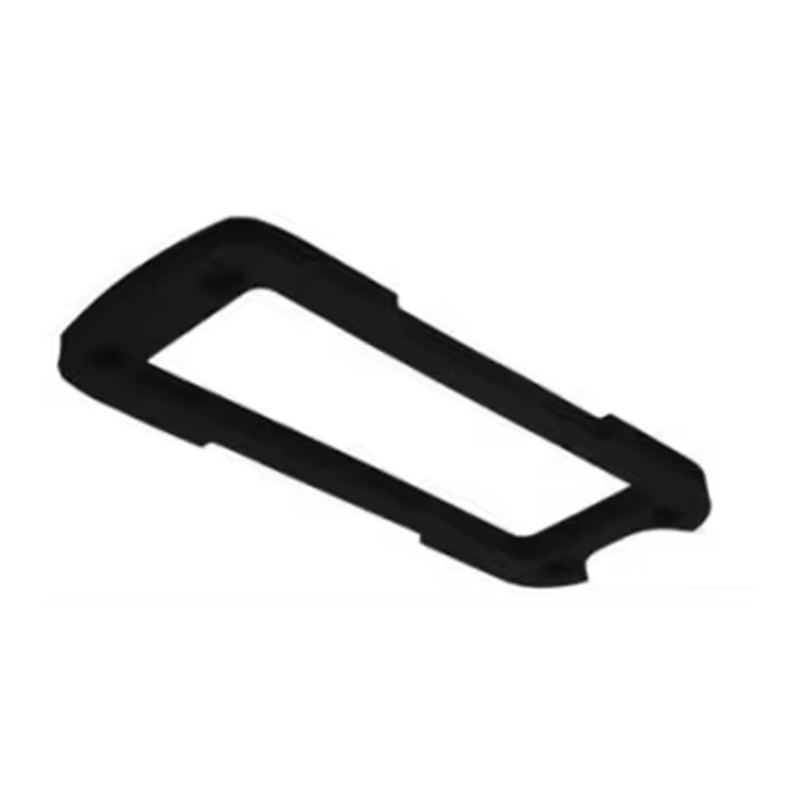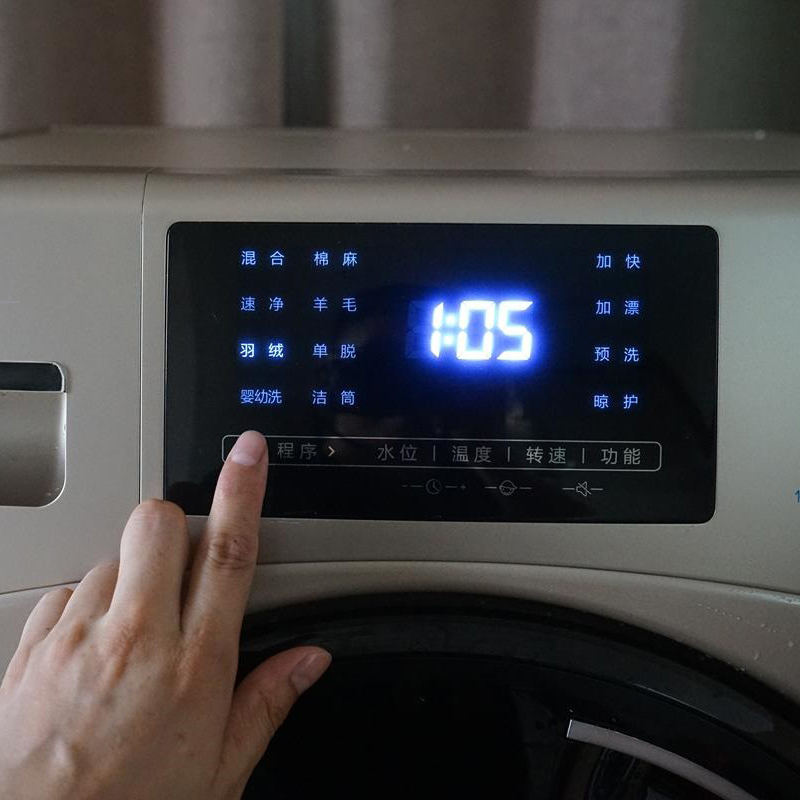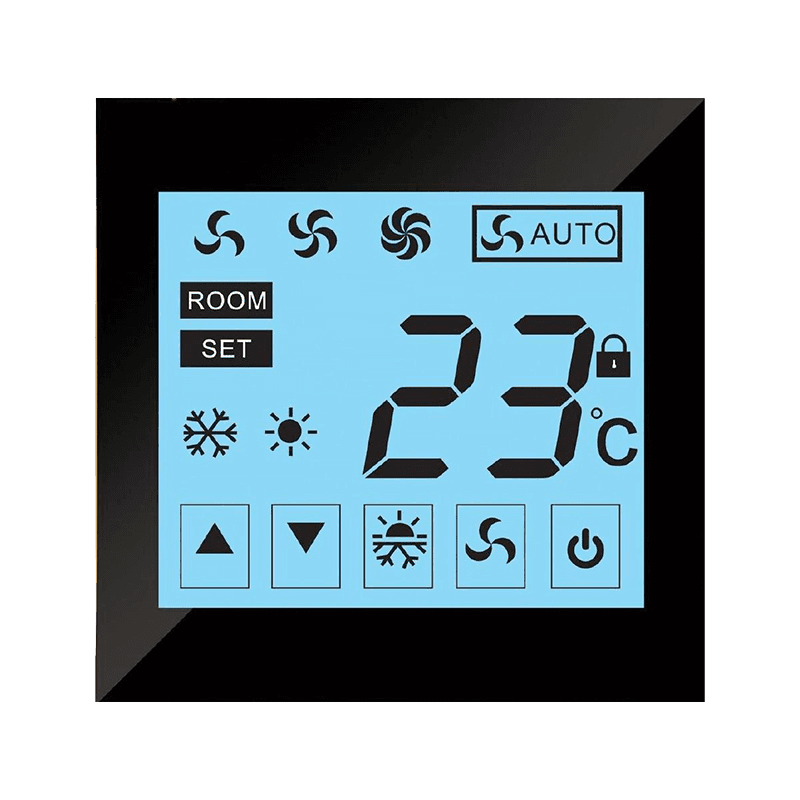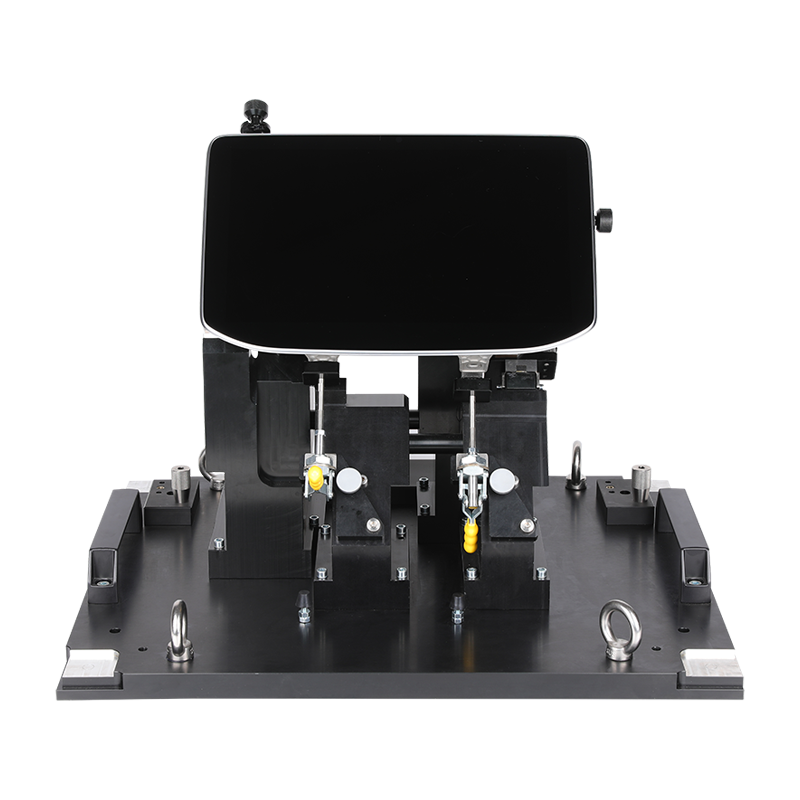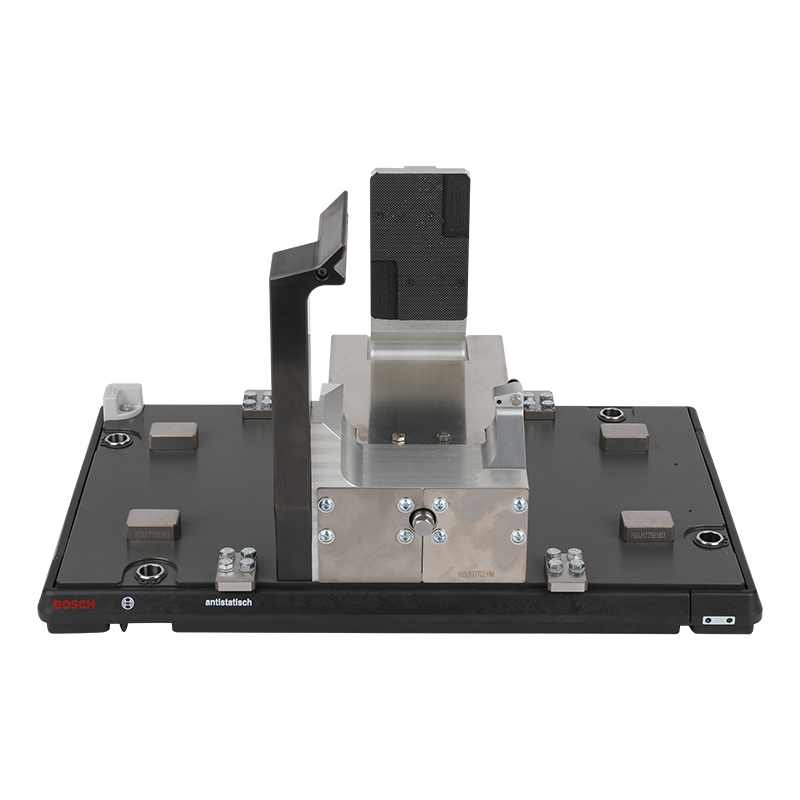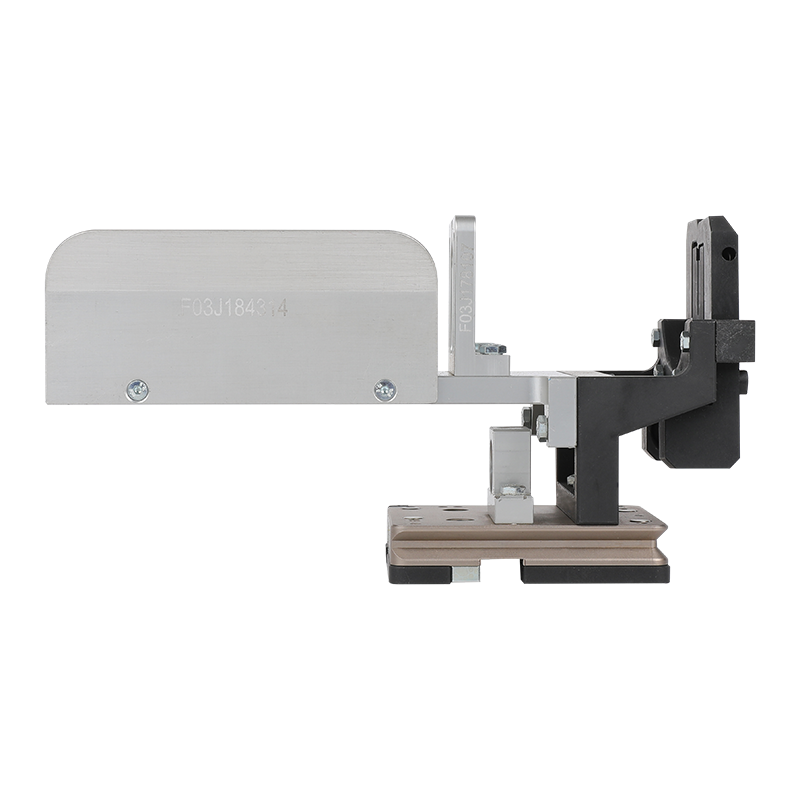Driven by the wave of Industry 4.0, automation equipment design and production is gradually becoming the core driving force for the transformation and upgrading of the global manufacturing industry. From traditional manual operation to highly intelligent automation systems, technological innovation has not only changed the way production lines operate, but also redefined the relationship between efficiency, precision and cost. Automation equipment design and production is no longer a simple mechanical stacking, but a multidisciplinary collaborative feast integrating engineering, information technology, artificial intelligence and industrial aesthetics.
The design of automation equipment is a highly systematic work. It is not only about the rationality of the structure, but also about the logical coordination of the entire system. Modern automation equipment usually integrates sensors, actuators, control systems and data communication modules. Its design goal is not only to achieve the predetermined functions, but also to strike a balance between performance stability, flexible adaptability and human-machine friendliness. A successful automation system often goes through detailed demand analysis, rigorous simulation testing and repeated function optimization.
The manufacturing process is a key link in turning design concepts into reality. At this stage, the accuracy of the manufacturing process directly determines the stability and service life of the equipment. With the continuous maturity of advanced technologies such as CNC machining, laser cutting, and additive manufacturing, the manufacturing capacity of automation equipment has also continued to rise, and can even support rapid iteration of modularization and customization. At the same time, the importance of quality control in the manufacturing process is unprecedented. Almost every component processing is equipped with a real-time monitoring system to ensure the overall accuracy and consistency of the equipment from the source.
Modern automation equipment design and produce are moving towards digitalization and intelligence. Cutting-edge means represented by digital twin technology enable the entire design and manufacturing process to complete high-precision simulation and debugging in virtual space, greatly reducing the trial and error costs in actual production. At the same time, the remote collaboration system based on cloud computing and big data platforms also enables global design teams to work seamlessly and jointly promote the pace of innovation in automation equipment.
In addition to the breakthrough of the technology itself, the improvement of user experience is also a direction that cannot be ignored in the design of automation equipment. In the past, industrial equipment was often daunting due to its complex operating interface and cold interaction methods. Today, through the introduction of human-computer interaction design, voice control and even AR/VR technology, modern automation equipment is gradually getting rid of the "stereotype" of traditional industry and becoming more user-friendly, intuitive and humane. Such a transformation is not only conducive to the training and use of front-line operators, but also allows automated equipment to find its place in more non-traditional manufacturing scenarios.
At present, the design and manufacturing of automated equipment are undergoing a profound change worldwide. From automatic assembly lines, precision detection systems to unmanned handling robots, these "smart machines" are penetrating into all walks of life at an unprecedented rate. Whether it is high-end manufacturing, electronic semiconductors, biomedicine, or food packaging, logistics sorting, and agricultural picking, automated equipment is playing an increasingly important role. It not only improves production efficiency, but also shows strong practical significance in alleviating labor shortages and improving the working environment.
With the continuous injection of emerging technologies such as artificial intelligence, 5G, and edge computing, future automated equipment will be more intelligent, flexible, and even self-evolving. The boundaries between design and manufacturing will become increasingly blurred, and more innovations will be born from cross-integration. In this process, companies with systematic design thinking, high-precision manufacturing capabilities, and strong engineering integration capabilities will become the winners in this technology competition.

 English
English русский
русский